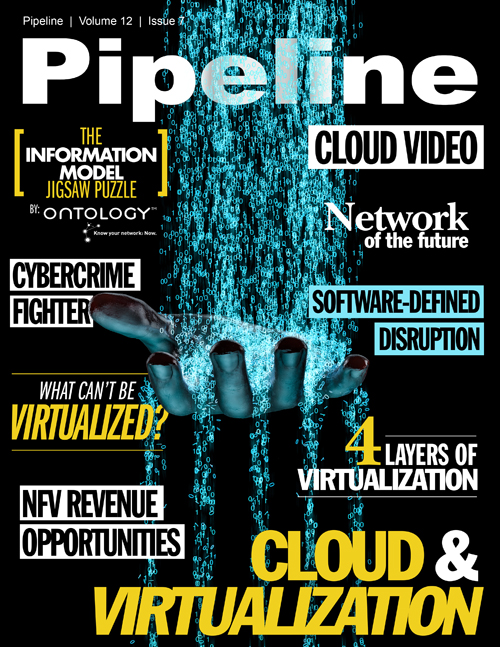Cloud Video
This leads to another important aspect of cloud video that’s having a big impact in recent months:
Cloud Video Conferencing
A few months ago, as nerds like me celebrated the day to which Marty McFly traveled in "Back to the Future Part II" (which was October 21, 2015, in case you’re not up on your Zemeckis films), there was lots of noise about what that movie got right and wrong. No, we don’t have widespread flying cars or actual hoverboards or Jaws 19 (thank goodness). And the Cubs still haven’t won the World Series since 1908. However, one of the “wins” was video conferencing. Video calls are made in the movie with regularity, and they don’t seem to rely on any clunky hardware. Calls include profile information about the caller and the quality is solid. But for the decades since that movie’s 1989 release, video conferencing has mostly been a specialized tool, relying on expensive hardware on both ends and serving as a rare feature in most workplaces.
Now it’s easy. My toddler Facetimes with her grandparents several nights a week, and tools like Skype, Zoom, Vidyo, BlueJeans and others are part of a video conferencing market that was worth an estimated $3.31 billion in 2015, and that value is expected to nearly double by 2020.
A huge part of the increased effectiveness of video conferencing is that it has made the jump into the cloud, and the big boys are wise to that action. Cisco (CSCO) announced in December that it plans to move much of its voice and video conferencing functionality into the cloud as an expansion of its Spark offering. Cisco VP, Rowan Trollope, has said that with this technology, a user could start a video conference on a mobile phone, and then walk into a conference room, have the technology in that room recognize them, and easily transfer the call onto the room’s better equipment seamlessly and at the push of a button.
This follows a move by Microsoft to add similar features to its Office 365 service in late November. While Microsoft’s Skype has been a hit with consumers for years, business uptake has been slow, and the hope is that folding video conferencing functionality into a broader offering will help.
And yes, the topic of cloud video conferencing also raises questions about where carriers—who don’t directly profit from this technology and are missing out on revenue—are left; but considering this new breed of video conferencing is succeeding where its forebears failed, there’s little sign of slowdown. Smart carriers are getting on board, like Verizon, which has its own cloud-based HD video conferencing offering, and AT&T, which has teamed with Blue Jeans to offer cloud-based video collaboration.
And speaking of opportunities to turn lemons into lemonade, there’s always the cases in which a well-executed cloud video plan can be a boon to a carrier’s business.
Driving Customer Satisfaction
Last fall, Ericsson (ERIC) picked up Fabrix Systems for $95 million. The key solution at play in that acquisition was a cloud-based platform for video on demand and cloud-based DVR. Now Ericsson is positioning this solution as yet another way for service providers to increase resiliency and reduce complexity in launching TV Anywhere services. Since we all know a huge chunk of subscribers want that TV Anywhere experience, the fact that huge vendors like Ericsson and others are able to simplify the process gives operators who have struggled to integrate the cloud video experience into their offerings the opportunity to hitch a ride into the sky, bringing their subscribers with them.
Looking Ahead
Moving forward, there’s a great deal of room for cloud video to grow. Last month, Seattle startup Pixvana announced that it has raised $6 million in funding to develop a cloud platform to capture, process, and deliver virtual reality video. If that’s not news from the future, I don’t know what is.


















